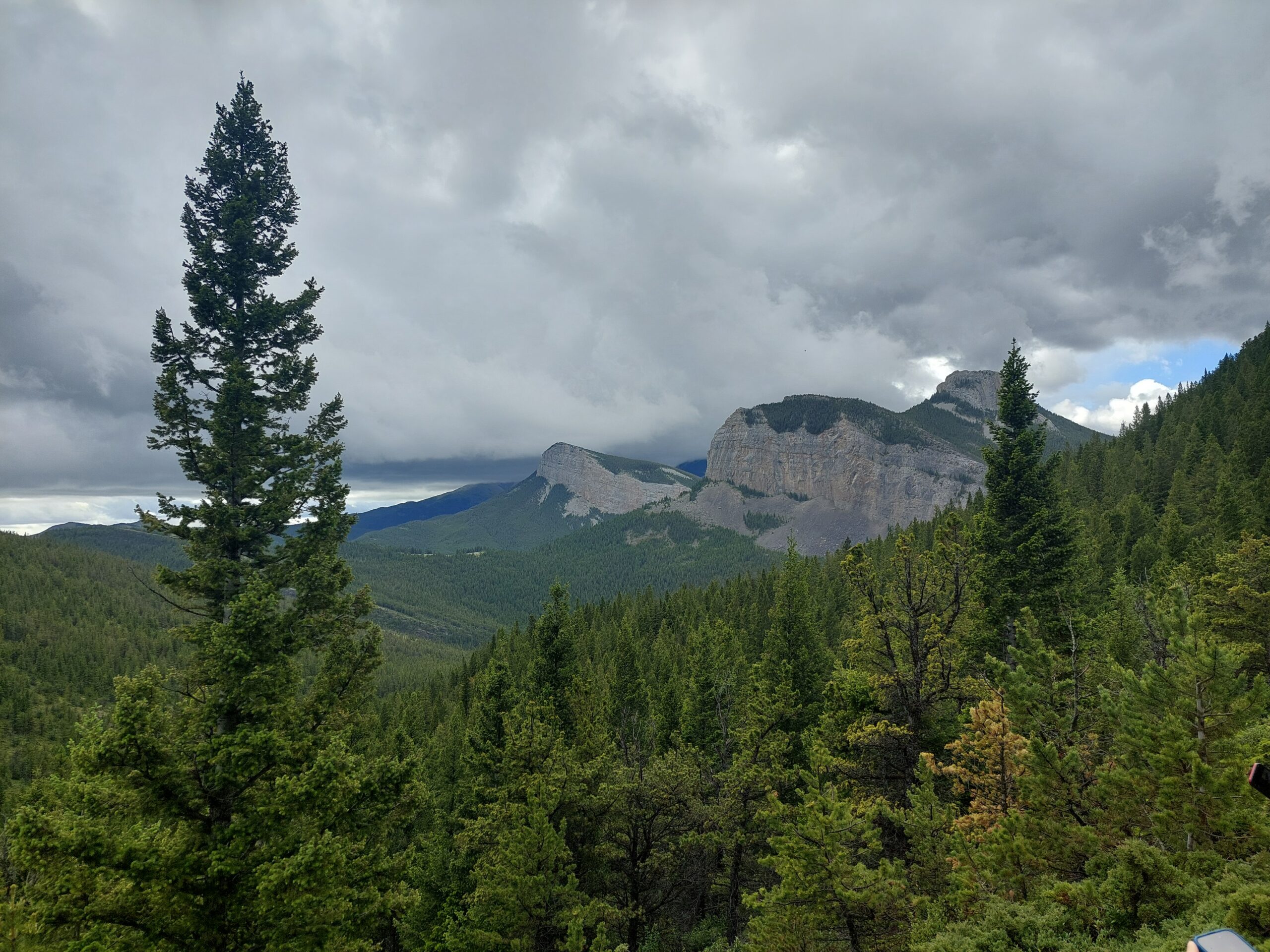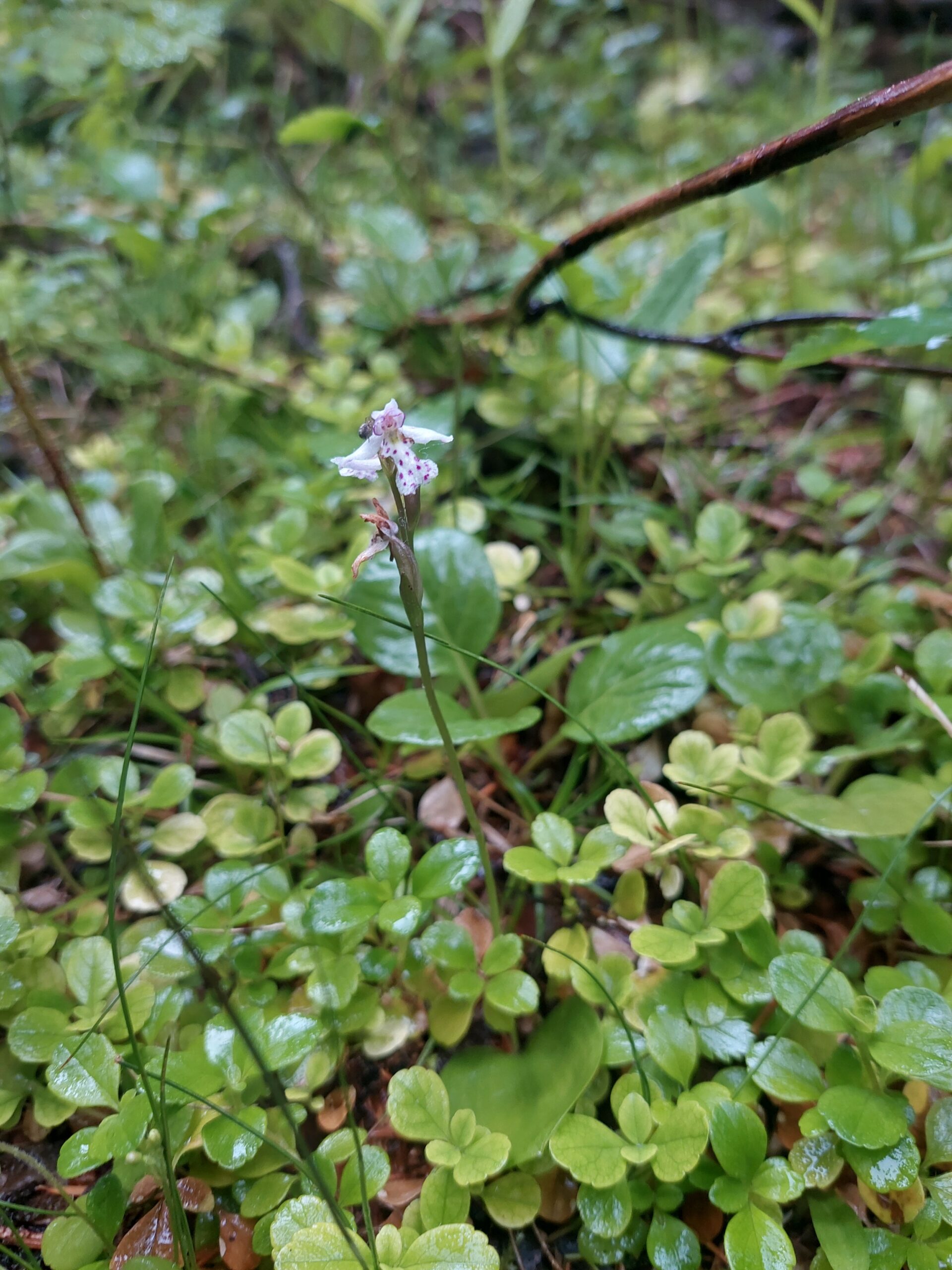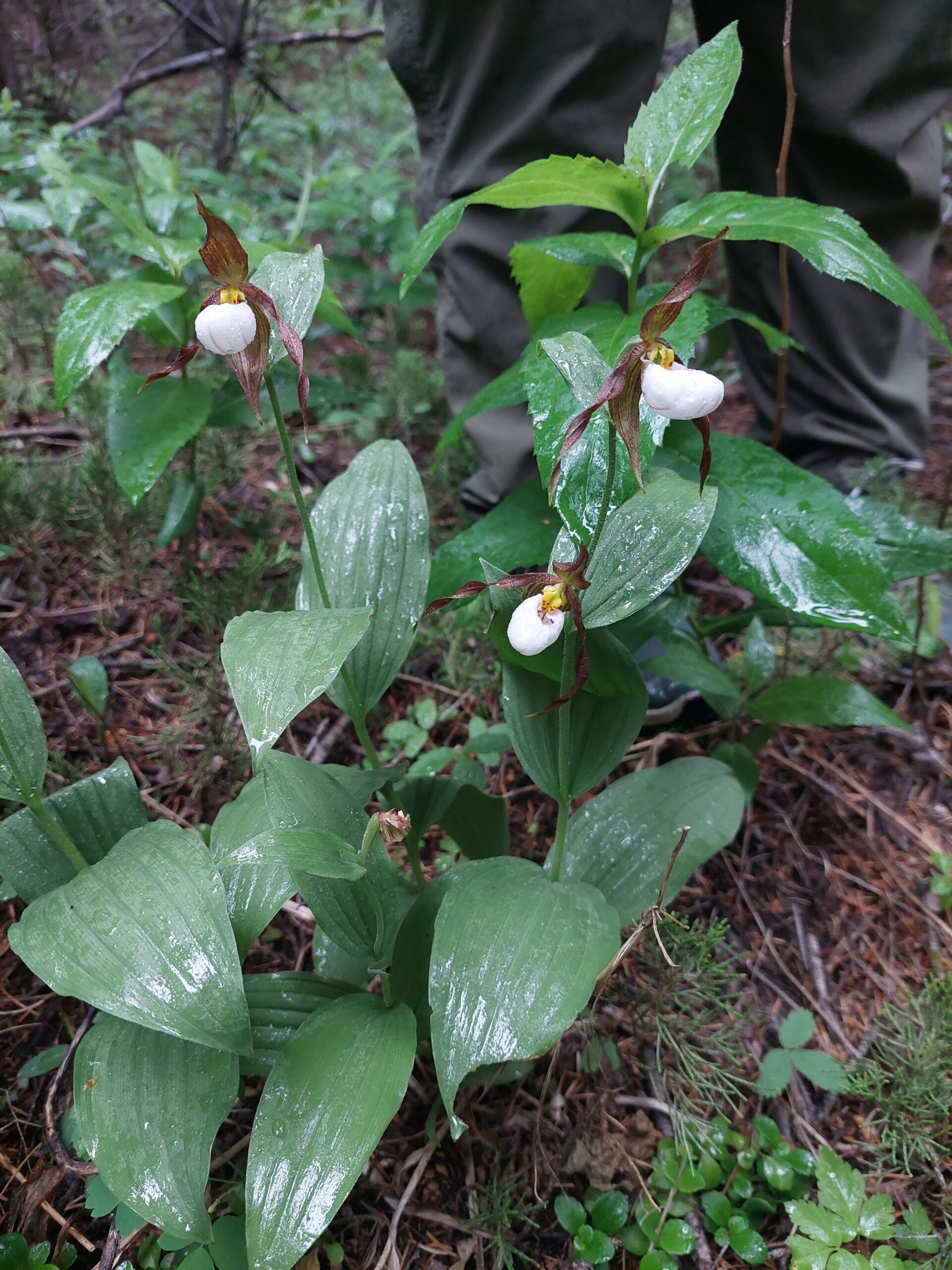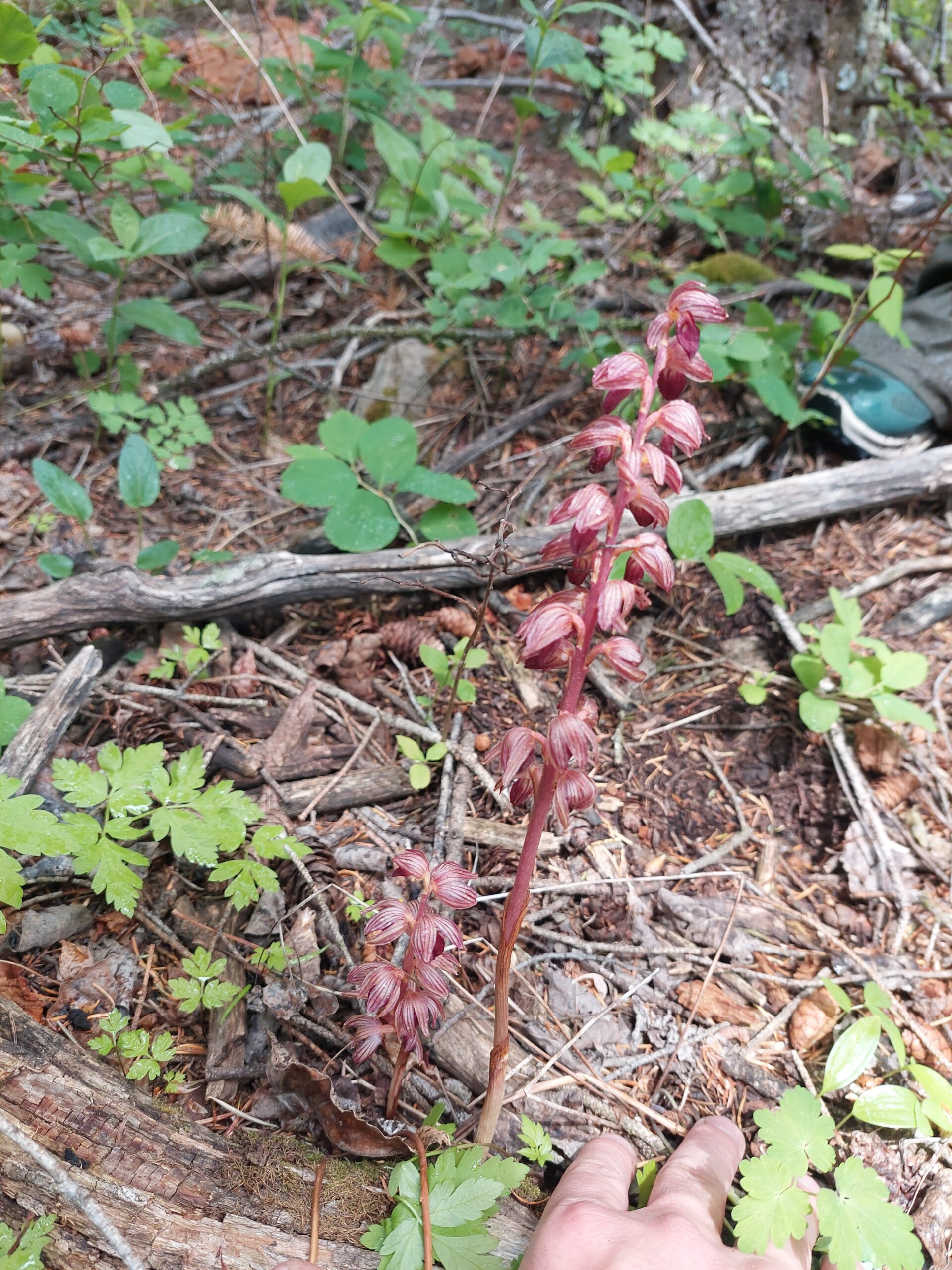The Huachuca water umbel, Lilaeopsis schaffneriana var. recurva is tiny but mighty – and a flood plain opportunist who deserves our attention as dedicated conservationists.
This semi-aquatic plant, although small, is imperative for erosion control and overall maintenance of sensitive wetland habitats. Since this species can produce both sexually through flowers and asexually through rhizomes – it’s seedbanks can persist viably for up to 10 years, allowing the plant to recolonize quickly after periods of drought if precipitation is great enough. In events of extreme downpours and flooding caused by desert monsoons, the Huachuca water umbel can expand its population quickly by establishing itself in newly disturbed habitats by dislodged rhizomes opportunistically dispersing and re-rooting themselves in a different site along the aquatic system. However, the unique ability is dependent upon the presence of a refugia – or a suitable, unaltered wetland habitat that supports these isolated individuals.
In the Huachuca mountains, healthy riparian communities are starting to disappear. As the Huachuca water umbel seeks to find refuge – it finds itself fighting an uphill battle against increased cattle allotments leading to overgrazing, aquatic habitat degradation, stream pollution from wildfire sedimentation, invasive species competition, recreation, and extreme drought. With all these factors at play, great concern for the species was expressed by the Center for Biological Diversity and in 1997 the U.S. Fish and Wildlife Service rightfully added the Huachuca water umbel to the list of species under the Endangered Species Act.
Last week, myself and B. Sonday accompanied Coronado Forest Botanist Hannah in monitoring and collecting data for these important individuals.
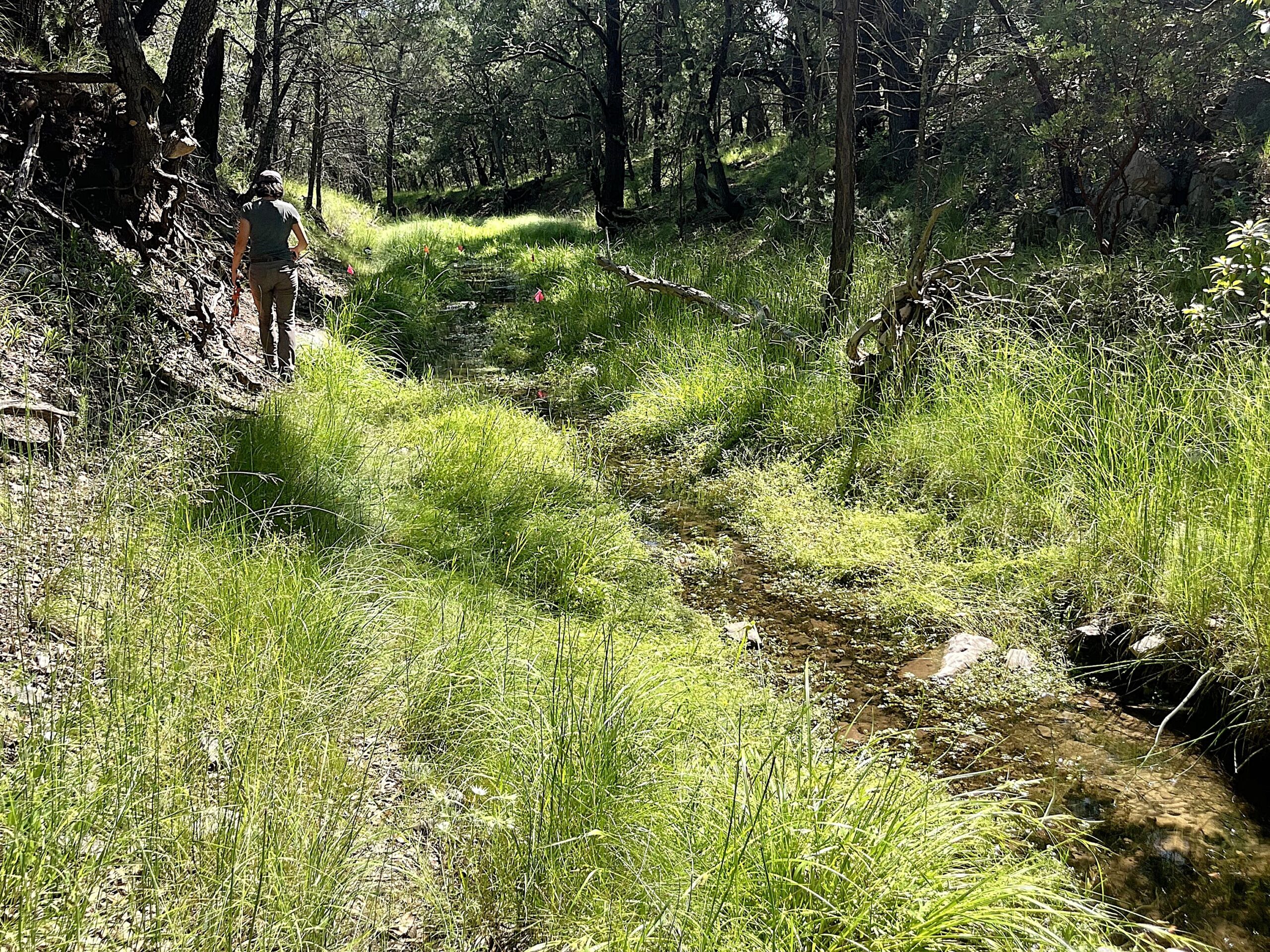
We collected data for two separate drainage areas and found several microsites of umbel populations throughout both. However, in the first drainage where evidence of the presence of cattle was high – distance between umbel populations were significant and individuals within those populations made up just 0-5% percent of the total vegetation coverage.
In conclusion, the Huachuca water umbel is struggling to overcome adversity in face of a changing climate and poor land management. But, monitoring efforts play an imperative part in understanding this plants ecology and to best provide solutions for increasing their populations in the future.

